
Everything You Need to Know about the 2024 Nagasaki Lantern Festival
Kicking off on Lunar New Year is the 17-day Nagasaki Lantern Festival. Serving as the country’s largest lantern festival, it has been embraced by the city of Nagasaki for almost 30 years. The event started in 1994 as a celebration by the residents of Nagasaki Shinchi Chinatown and has now become a mainstay on the Nagasaki event calendar. With 15,000 lanterns and lights illuminating the city streets, the festivities start on February 9 and continue through February 25, 2024.
In this article, we’ll be sharing a brief history of the Nagasaki Lantern Festival, things to see or do at and around the festival, and practical information like how to get there and where to stay. So, if you’re in town for the celebration, you’ll be well equipped to make the most of this stunning event.
1. A Brief History of the Nagasaki Lantern Festival

Home to one of the three largest Chinatowns in the country (the others being in Kobe and Yokohama), the residents of Nagasaki Shinchi Chinatown wanted to expand the scale of the ever-popular Lunar New Year.
In 1994, the size of the event was expanded to cover more of the city. Not only was the scale of the event increased, but also the duration of the event eventually reached the now 15-day schedule (further extended an extra two days for 2024).
2. What to see and do at the Nagasaki Lantern Festival

Since the festival runs for more than two weeks, there's a wide assortment of things to see and do. Let's start with the main events.
The grand lighting ceremony is held on February 10 at Shinchi Chinatown and Chuo Park, which is scheduled from 5:30 p.m. to 6 p.m. and marks the commencement of this enchanting period. The city becomes illuminated with bright and colorful lights — some reaching up to 10 meters in length. Subsequently, the lights will be lit daily from 5 p.m., and specific venues such as Minato Park, Hamanmachi, and Chuo Park will have their displays illuminated from noon onwards starting February 11.
Other lantern events include the delightful Handmade Lantern Corner, the historical Lantern Festival Walk, and a prayer center where you can make wishes related to love and relationships.
The Handmade Lantern Corner is popular among families and will only be held on February 11 and 18.
Apart from the lantern-related festivities is a plethora of other activities and events. On February 24, the Emperor Parade takes center stage, mirroring the grandeur of the Qing Dynasty's New Year's Day procession. This splendid parade involves around 150 participants donning elaborate Chinese costumes, including those of the emperor and empress, parading from Chuo Park to Minato Park.
Another significant reenactment during the festival is the Mazu Procession on February 11 and 18. This procession revives the Chinese ship crew's historical procession during the Edo period, honoring Mazu, the god of safe navigation. Other things to see are the dynamic Dragon Dance, the "Visiting the Four Halls of Candlelight Prayer" event, and the daily Bian Lian "Face-changing" Mask Show, revealing the mystery of mask-changing techniques from Sichuan Province's river opera.
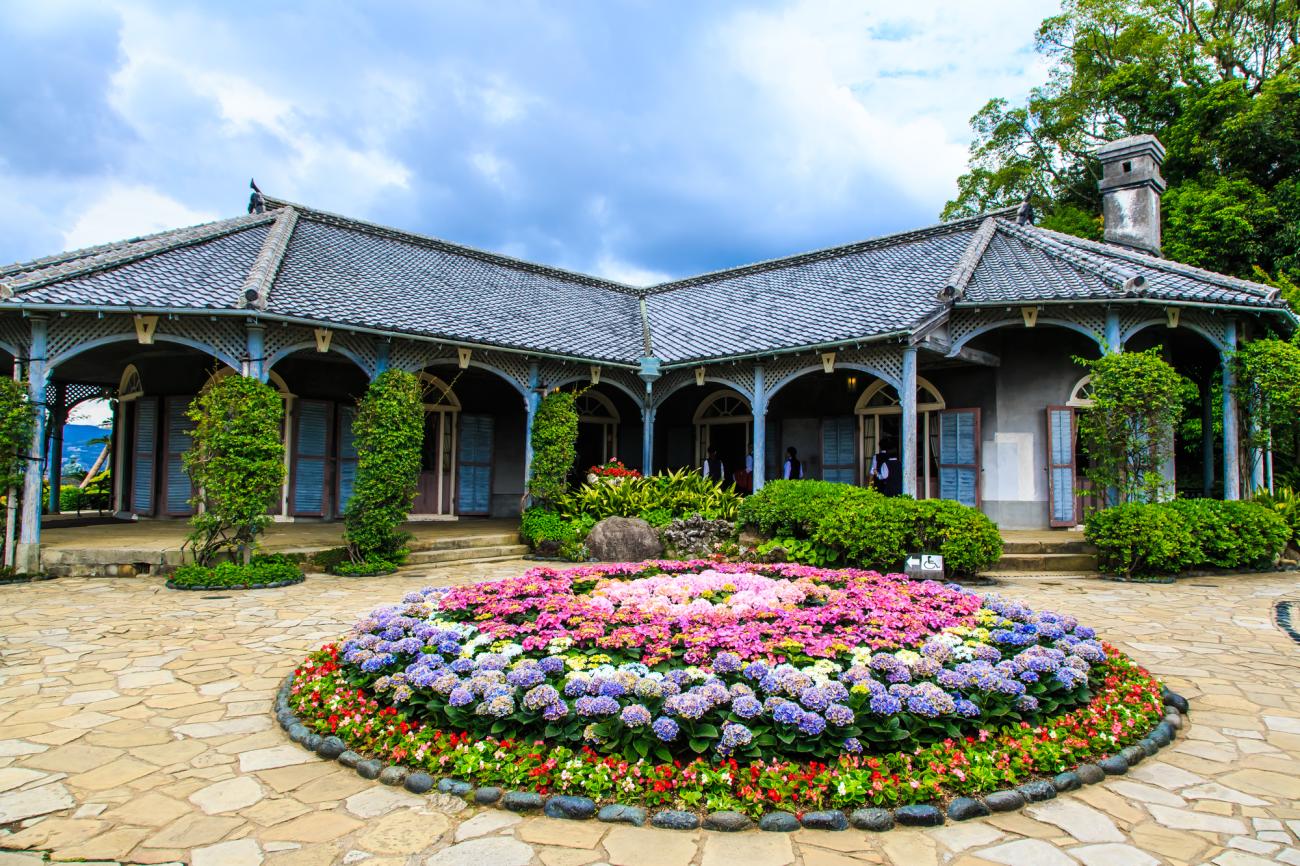
As Nagasaki is a city steeped in rich, multicultural history, it's worth visiting and trying the other things it’s known for. Explore significant landmarks like the Nagasaki Peace Park, Atomic Bomb Museum, Glover Garden, and of course, the bustling Shinchi Chinatown.

Indulge in seasonal delights with local specialties such as Nagasaki Champon, a hearty noodle dish, and Castella, a sweet sponge cake introduced by Portuguese missionaries. Treat your taste buds to the iconic sara udon, featuring crispy noodles topped with a thick medley of stir-fried ingredients, or warm up with Nagasaki kakuni manju, steamed buns filled with slow-cooked pork belly.
3. Getting to Nagasaki and its Lantern Festival
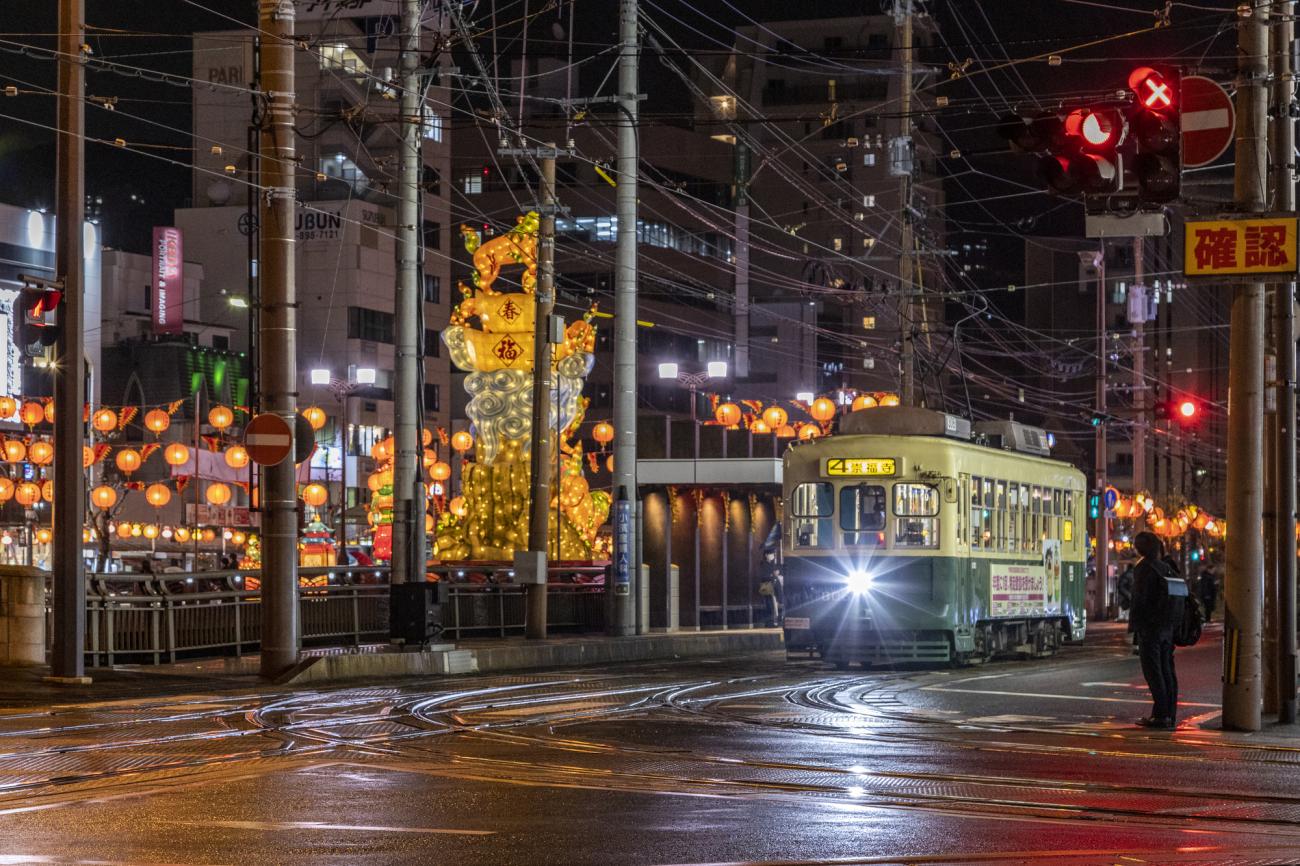
Getting to Nagasaki is relatively straightforward. If you’re coming from Tokyo, you can take a flight, which takes around three hours, or ride the Shinkansen, which will take about eight hours.
If you’re further north than Tokyo, we suggest you get to your closest regional airport and fly to Nagasaki. The Japan Rail Pass covers bullet trains to Nagasaki, but check your coverage area to make sure all your connections are covered!
From the airport, there is a 45-minute airport bus into the city, which costs around 8 USD (1,200 JPY). These depart every 20 minutes or so.
Once you’re in the city, you’ll likely rely on Nagasaki’s unique tram network to get around town. Departing every five to nine minutes, the trams are a convenient and reliable way to get yourself from one spot to another. A single ride will cost you around 1 USD (140 JPY), while a one-day unlimited pass will cost you 4 USD (600 JPY). Trams no longer accept paper tickets, so be prepared with exact change or a charged IC card (such as Suica, Icoca, Pasmo, or Nimoca).
Since the Lantern Festival has events all over the city, getting a one-day pass is a great idea if you’re only in Nagasaki for a day and wish to see all the hotspots. Alternatively, you may wish to slowly sweep through the city and visit one area at a time by jumping on a tram and spending a day at one venue.
4. Hotel recommendations for Nagasaki
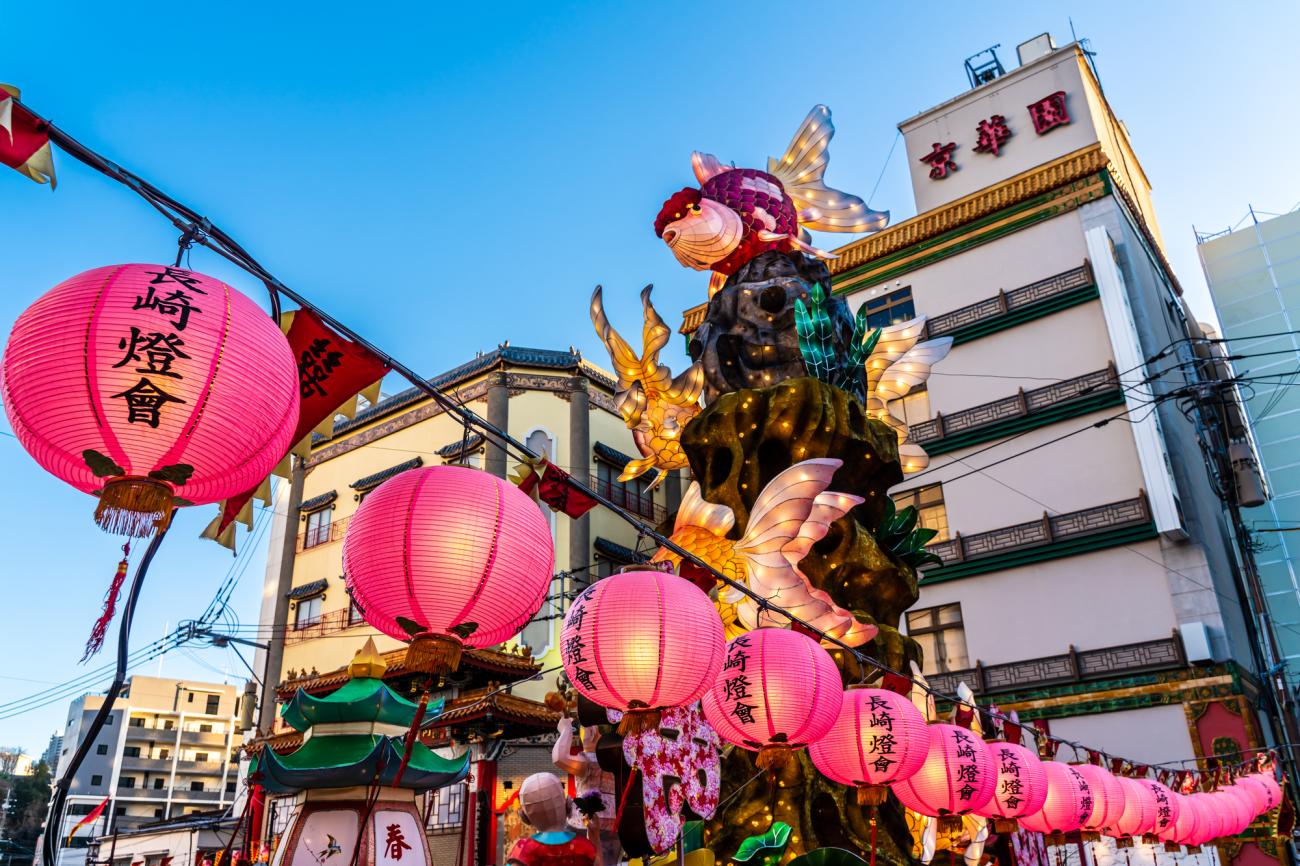
If you’re looking to extend your stay in Nagasaki, then you’ll need a place to rest after a day of exploring this bustling urban playground.
Here are three different types of hotels to give you some inspiration on where to stay.
Candeo Hotels Nagasaki Shinchi Chinatown
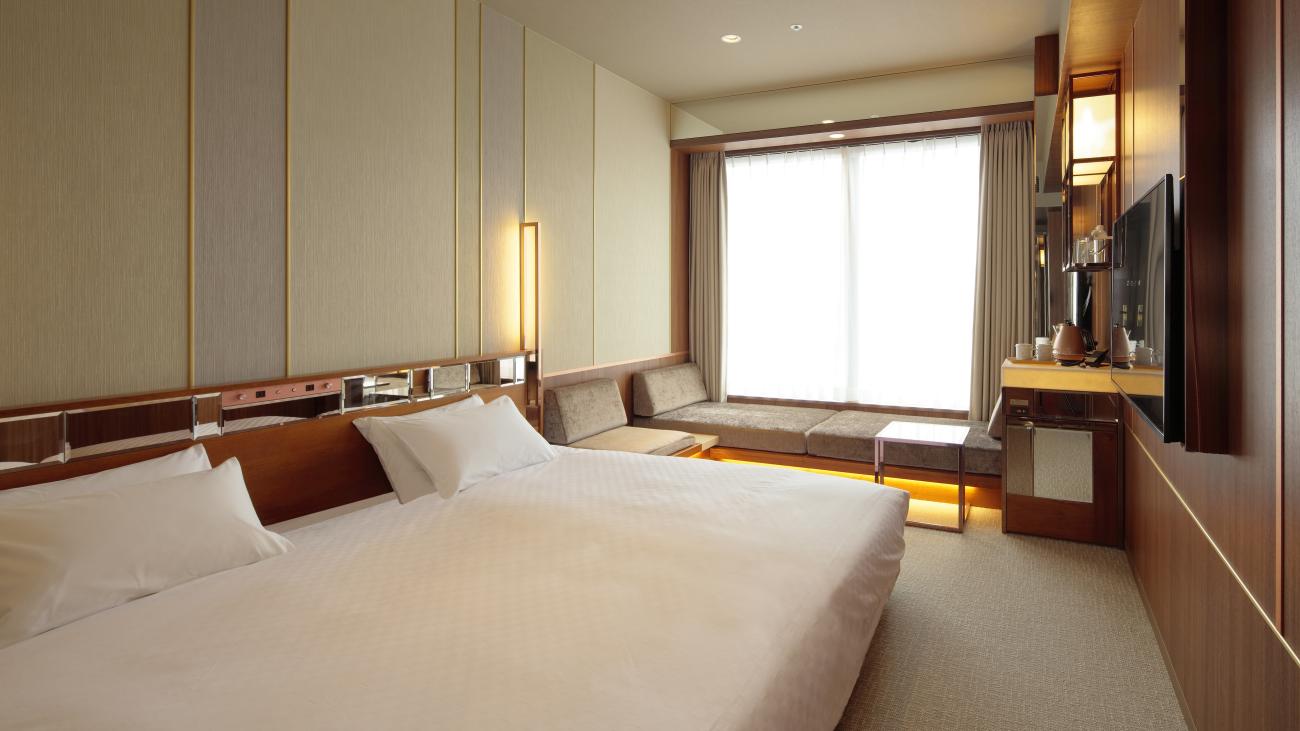
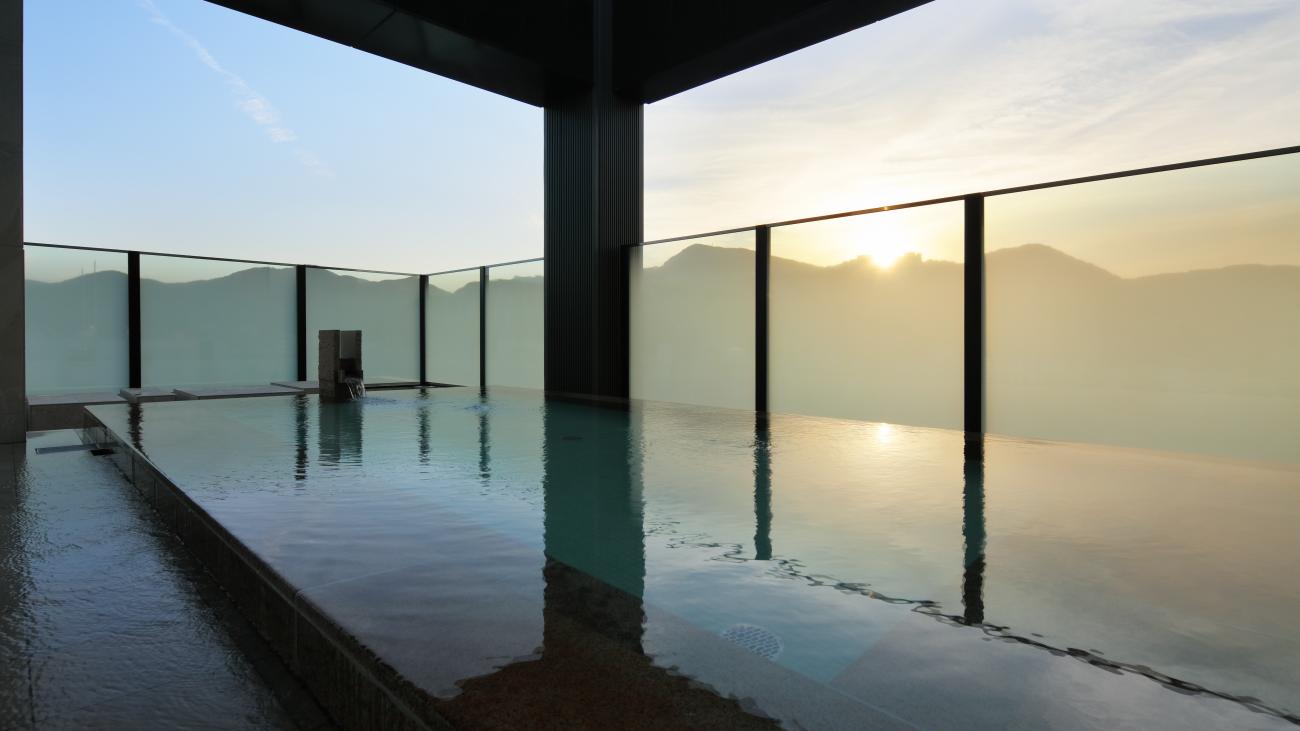
Right at the heart of the Nagasaki Lantern Festival’s main venue is Candeo Hotels Nagasaki Shinchi Chinatown. Equipped with an open-air bath on the roof, a sauna, and an indoor bath, this is a great spot to stay at if you’re looking to recuperate after a day’s adventure walking and exploring the city. Its rooms are well furnished and equipped to handle all types of guests: solo travelers, couples, families, and more.
The Hotel Nagasaki BW Premier Collection
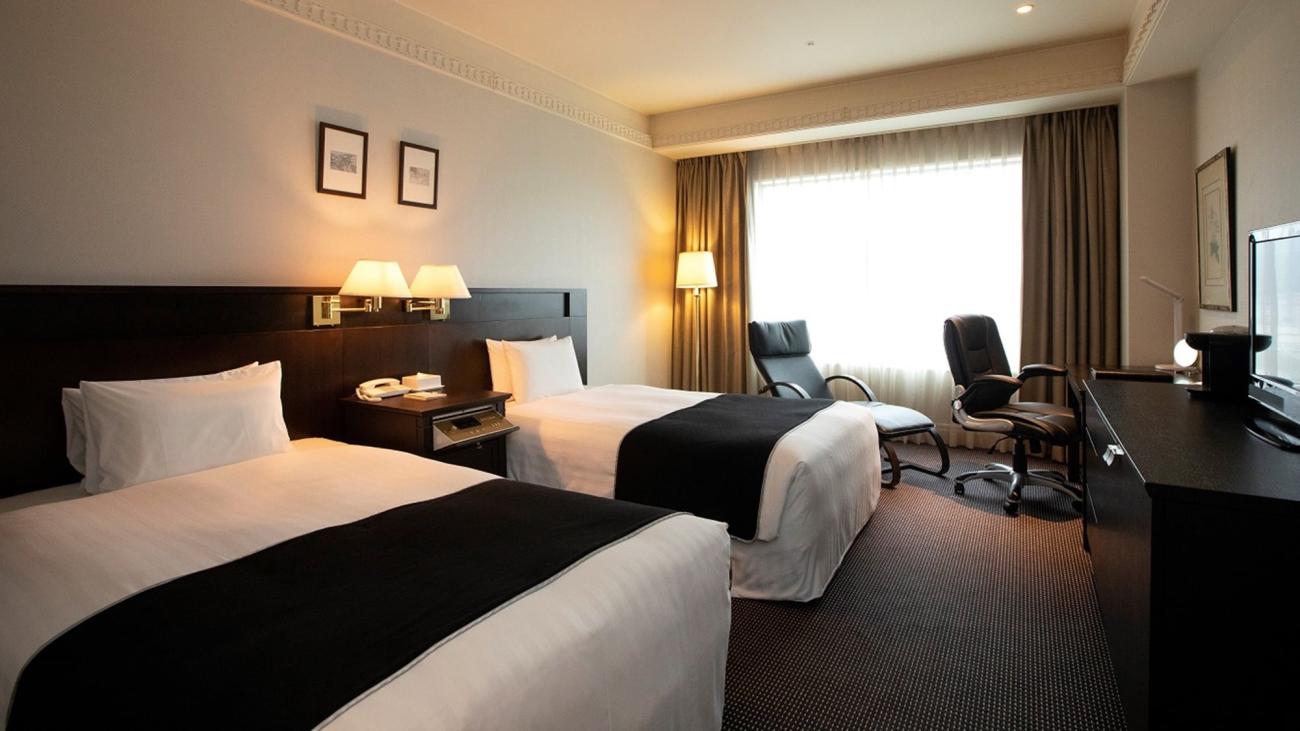
Next on the list is The Hotel Nagasaki BW Premier Collection, a lavish city hotel with easy tram and airport bus access at its doorstep. Reopened in 2022, the hotel was rebranded and refurnished to ease travelers from the buzz of the city and beckon them to the comfort and luxury within its walls. Don one of their 100% cotton pajamas as you ready yourself for bed or sit down for a quick bite at one of their three in-house restaurants.
Hotel H2 Nagasaki

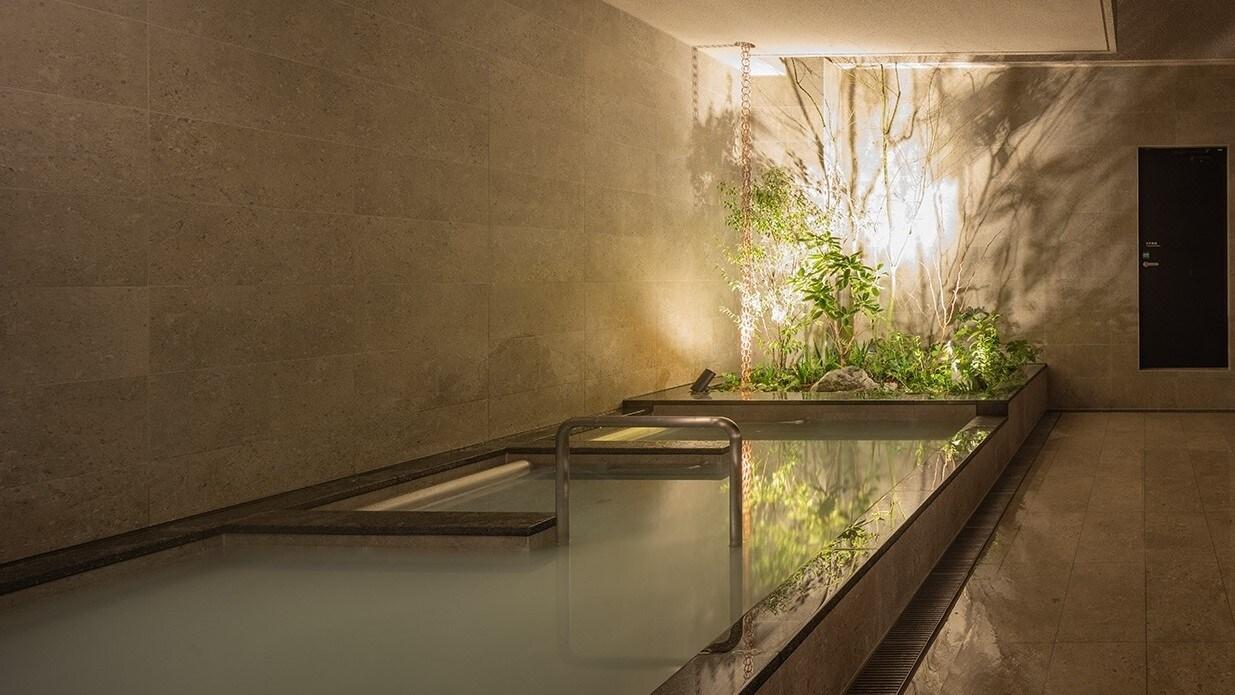
Last but not least is Hotel H2 Nagasaki. Rooms here may be smaller than those in the hotels higher up this list, but they are just as comfortable and convenient. The concept of the hotel revolves around welcoming travelers with a blend of traditional and contemporary Japanese hospitality. Also boasting bath facilities, guests are invited to soak in one of their outdoor baths or take a moment and rest in their lie-down baths. Hotel H2 Nagasaki is the choice for adventurers who aren’t looking to spend too much time in their rooms as they’re out experiencing the Lantern Festival.